 4
4
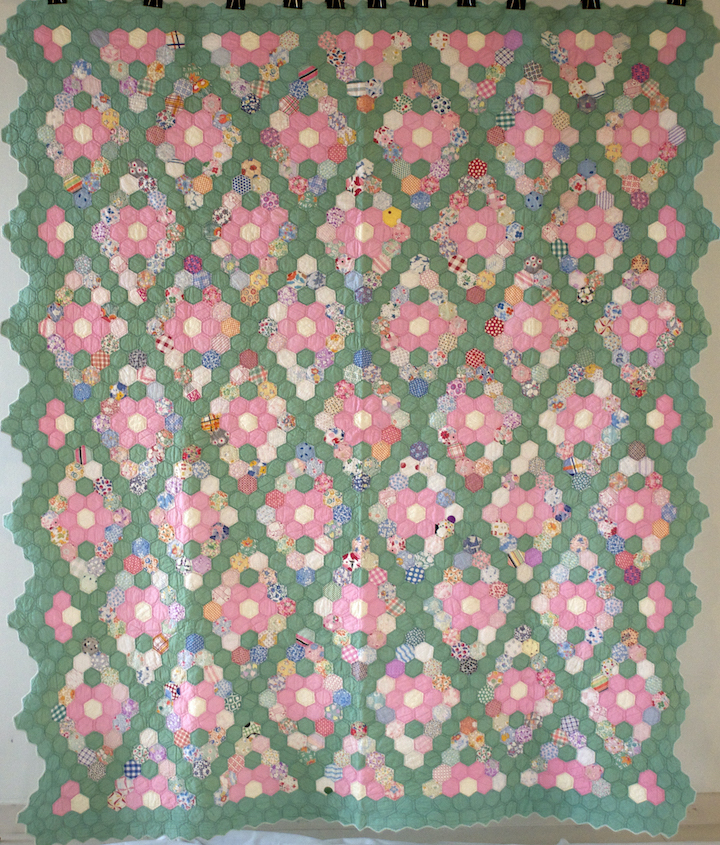
Grandmother's Flower Garden. Made by Ida Nancy Pike.
1930-1949. Riverside, California. Image courtesy of The Quilt Index
Feed Sacks in the Country Music Documentary
By Marian Ann J. Montgomery, Ph.D.,
Curator of Clothing and Textiles, the Museum of Texas Tech University
If you had a chance to see the recent Ken Burns documentary, Country Music, you might have noticed that several of the performers had a tie to flour companies. Some of these relate to objects currently on exhibit in “Cotton and Thrift: Feed Sacks and the Fabric of American Households.” Country music stars, along with movie stars, were the big-time stars of the 1930s through the 1950s. Their popularity reached into the stratosphere. Three of the biggest had promotional relationships with flour companies—back in the day before some of us banished carbs from our diets.
Bob Wills founded the Light Crust Doughboys and developed a relationship with the Burris Mill and Elevator Company to sponsor the band on a radio show broadcast from Fort Worth in 1931. Although the general sales manager of Burris Mill cancelled the show because he did not like their “hillbilly music,” Wills’ persistence and the demands of fans who used Light Crust Flour brought the group back to the air. However, in 1933 Bob Will was fired from the Light Crust Doughboys for drinking, which led to a move to Waco where he organized a new group he called the Texas Playboys.
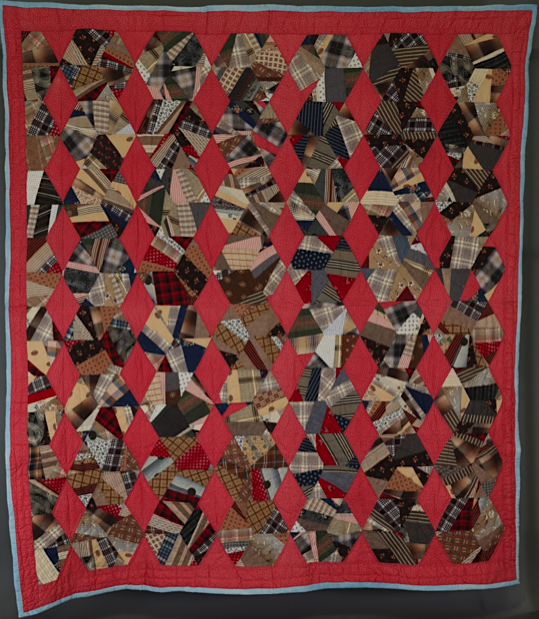

Devil's Highway quilt (front). The back shows the Light Crust Flour logo that survived washing of the sack and the dying of the white fabric. Gift of Mrs. G. C. Keith, TTU-H 1979-180. Images courtesy of the Museum of Texas Tech University.
Read more about Devil's Highway (A.K.A. the jinxed quilt) here.
Bob Will’s Texas Playboys played a cross between swing and country music, which was great for dancing. Possibly in an attempt to recreate his earlier financial arrangement with a flour mill, Bob Wills made a deal with the Red Star Milling Company in the fall of 1935, a subsidiary of General Mills, to sponsor their radio show on KVOO in Tulsa, Oklahoma. Today the word “playboy” conjures up Hugh Hefner’s empire and magazine, but in 1935 it was a much more innocent word.
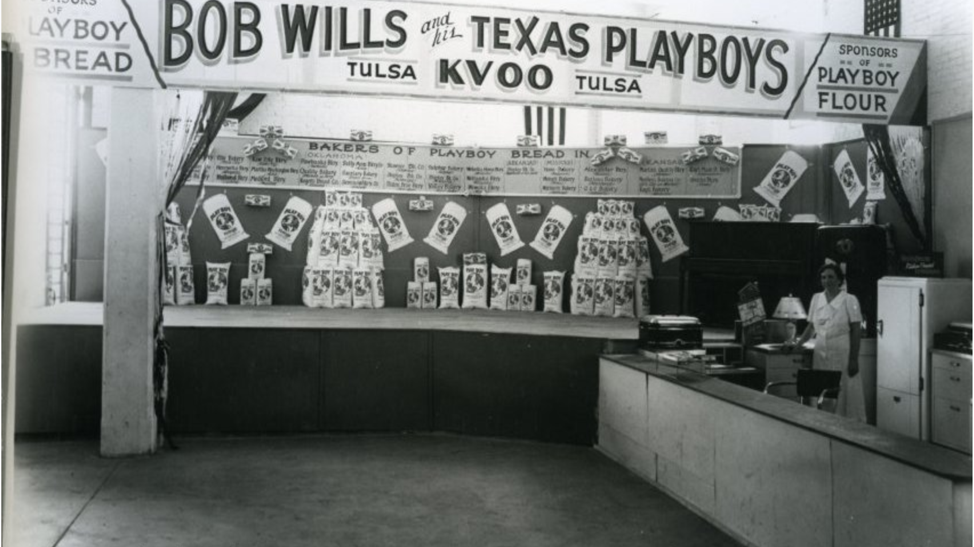
This image from the Oklahoma Historical Society shows a display of Playboy Flour.
Photo courtesy of the Museum of Texas Tech University.
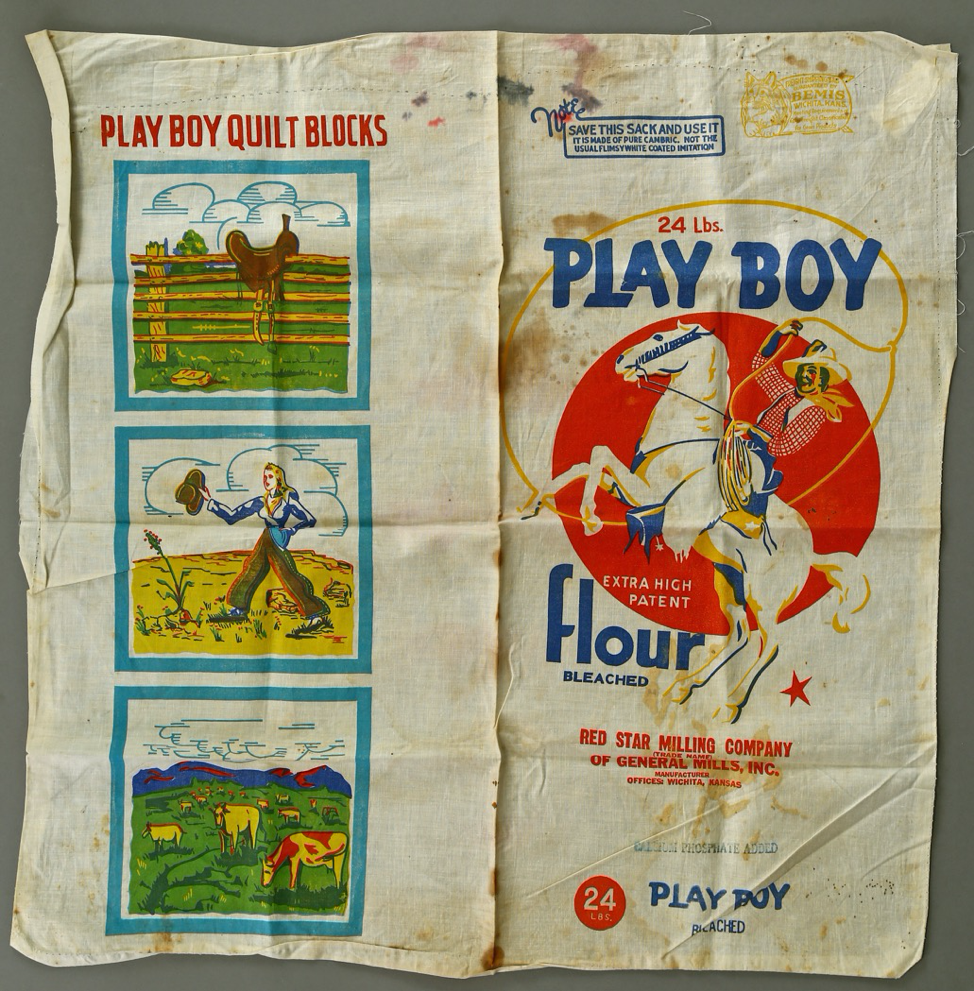
This Play Boy Flour sack in the Museum’s collection was printed with blocks that could be made into a quilt.
TTU-H2017-086-001, Gift from the Good People of Austin, Texas. Photo courtesy of the Museum of Texas Tech University.
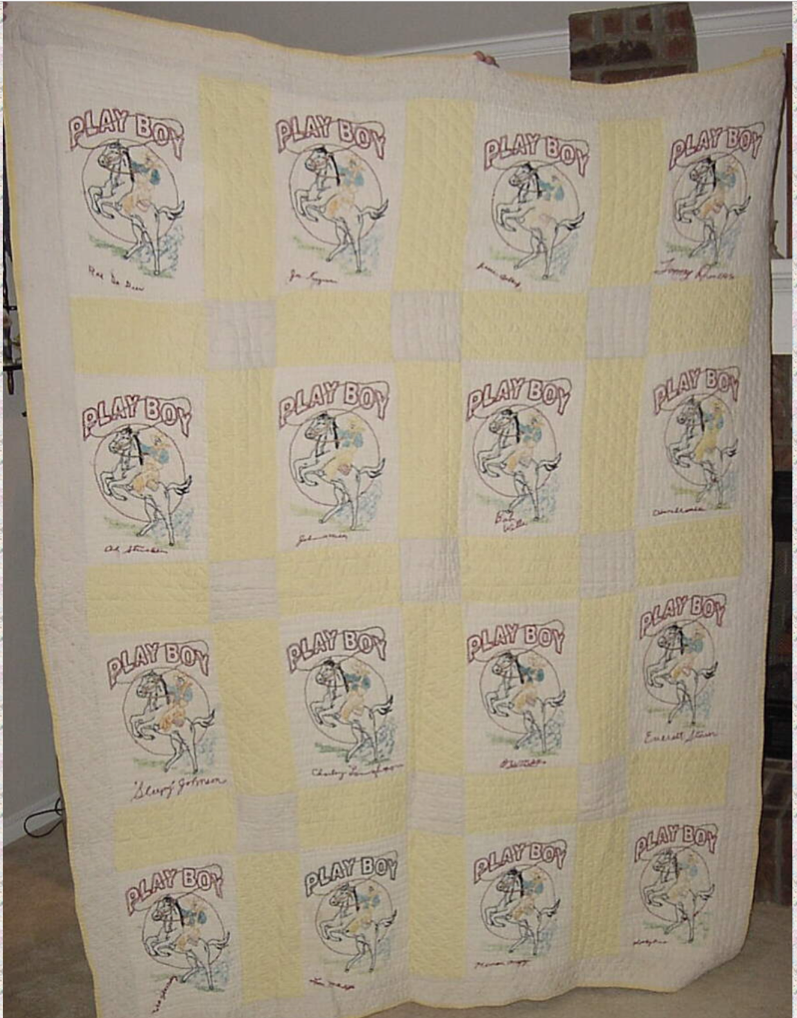
Because it was such a pretty logo, someone decided to embroider over it and make a quilt from several Play Boy Flour sacks.
This is not in the Museum’s collection, but an interesting use of flour sacks. Photo courtesy of the Museum of Texas Tech University.
Hank Williams had a promotional relationship with Mother’s Best Flour. At the peak of his career in 1951, Hank Williams recorded 143 songs for the Mother’s Best Flour Radio Shows. The Mother’s Best Flour Show ran in the mornings from 7:15 until 7:30 over WSM radio in Nashville. Although the Museum doesn’t yet have a sack with the label still attached to identify it as a Mother’s Best, the image below shows the types of images that were printed on the fabrics used to package Mother’s Best products.
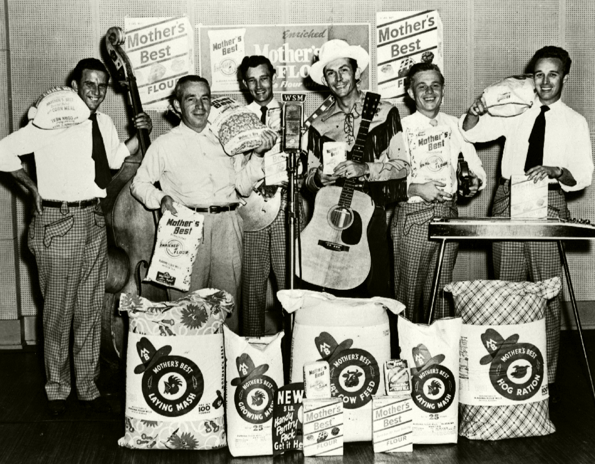
Hank Williams and his band with Mother’s Best Flour sacks, circa 1951.
Photo courtesy of the Museum of Texas Tech University.
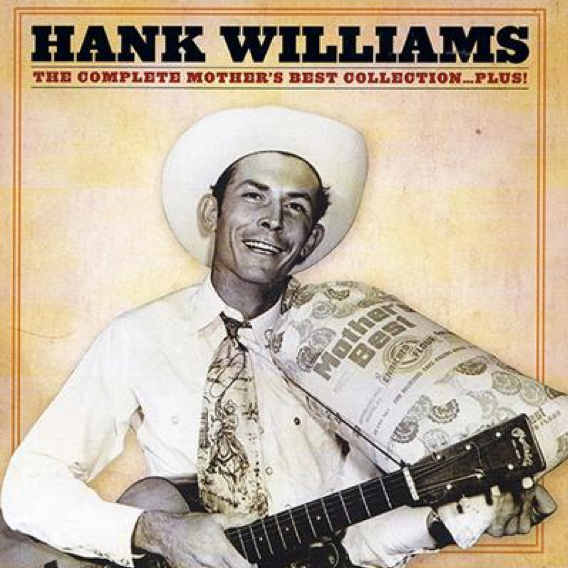
Hank Williams with his guitar and Mother’s Best Flour shows the pattern of the fabric.
What a great AD—the country music star with the product! Photo courtesy of the Museum of Texas Tech University.
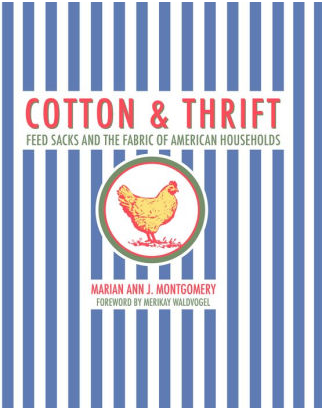
Flour sacks were often printed with beautiful logos and the flour mills developed relationships with country music stars to promote their products on radio. Feed sacks were an integral aspect of life during the first half of the 20th century, and so it would be natural to find them to be a part of popular country music. “Cotton and Thrift: Feed Sacks and the Fabric of American Households,” a companion exhibit catalog of the same name is also available through the Museum Store, Amazon and TTU Press.
Learn more about the Museum of Texas Tech University Textile Collections.
Click here for related articles from the Museum of Texas Tech University Textile Collections.
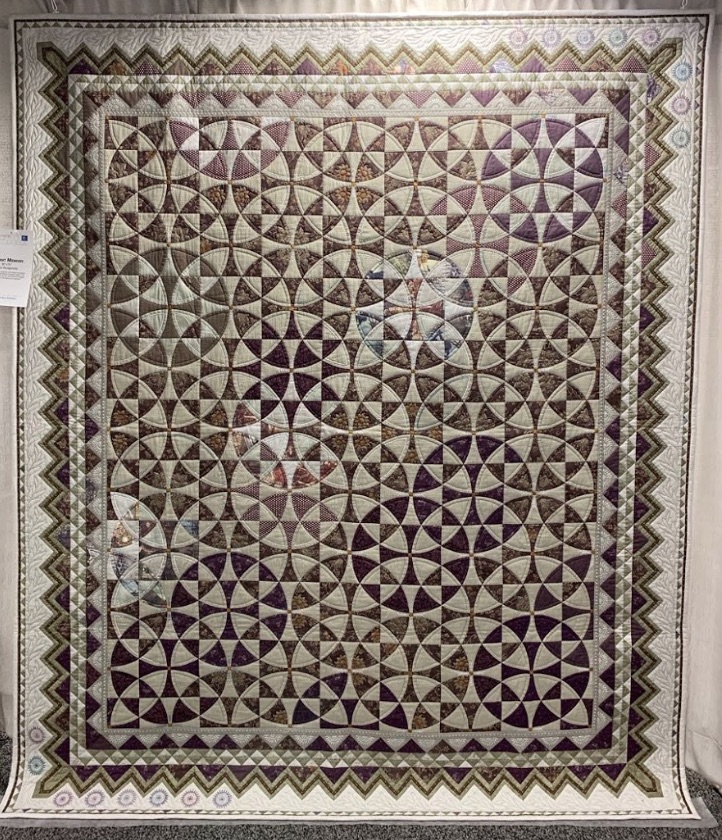

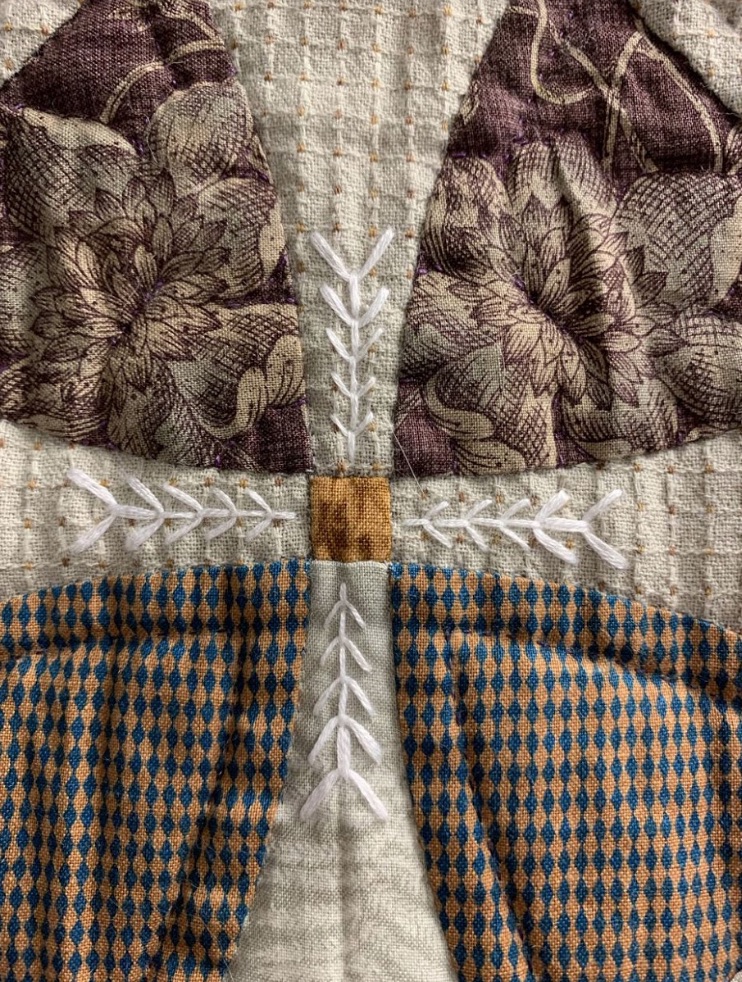
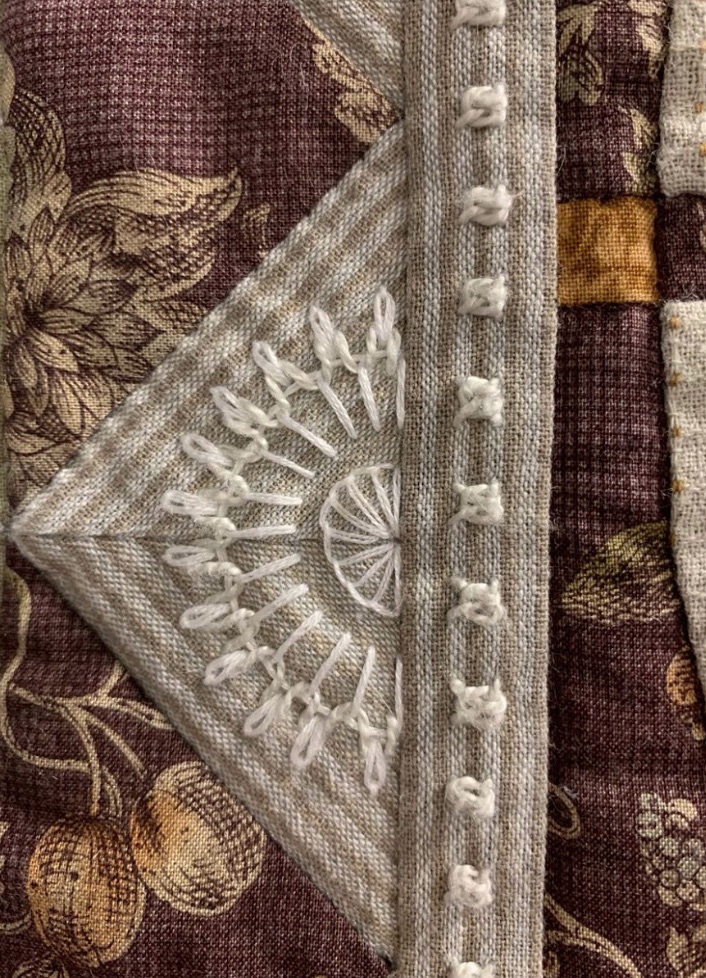

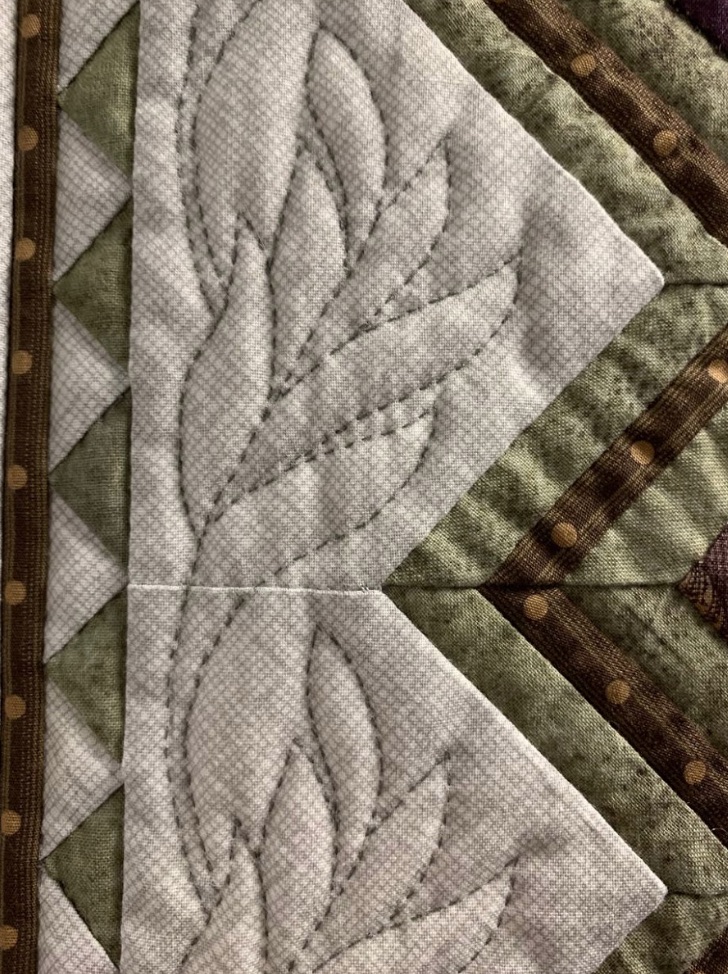
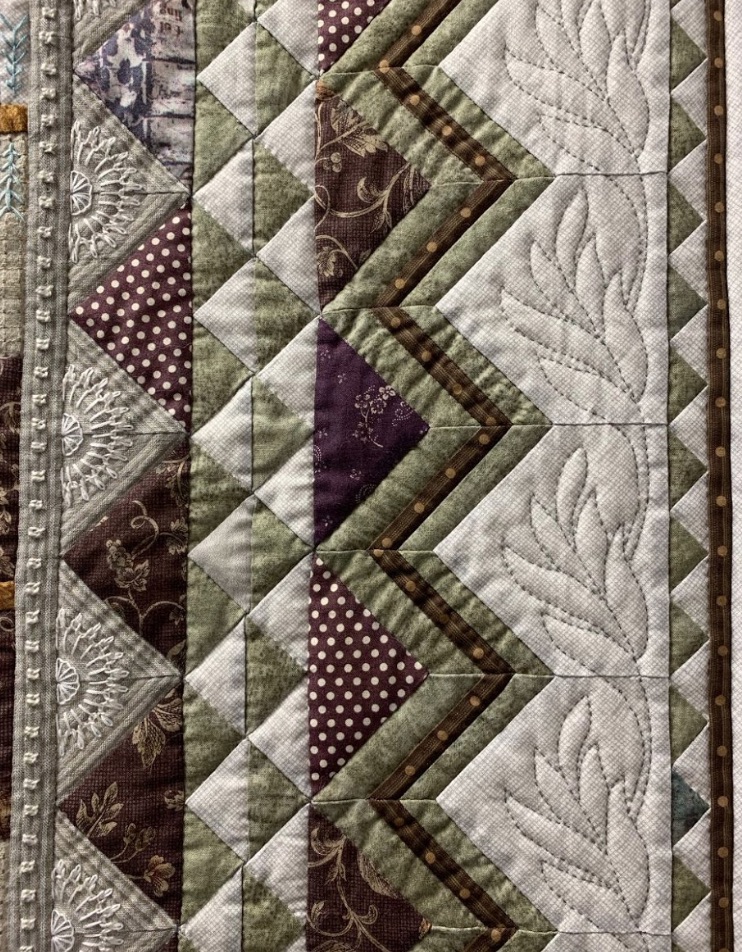


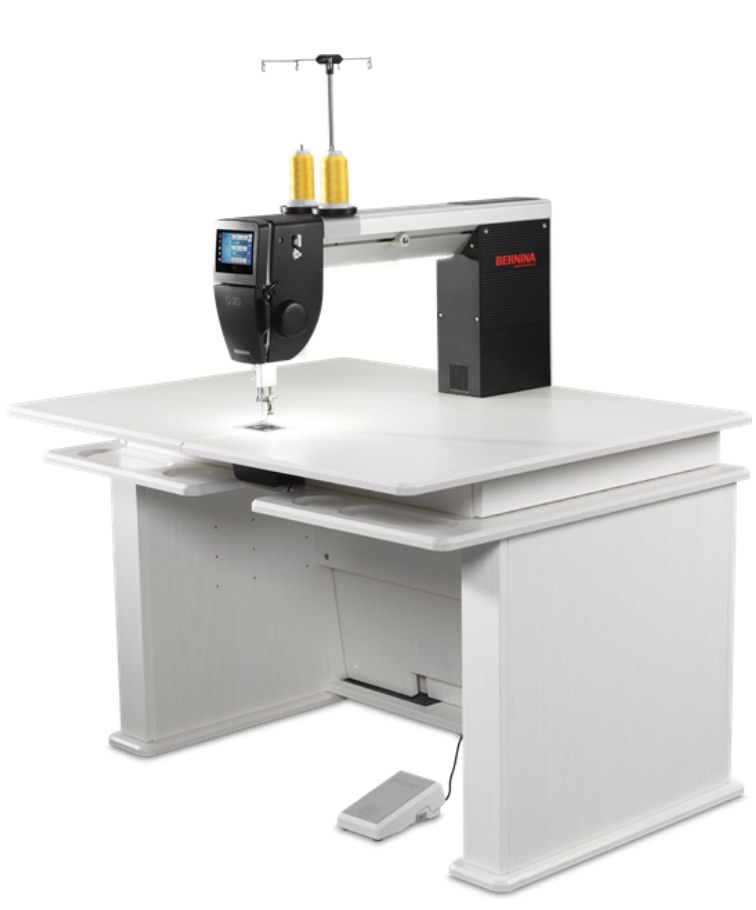
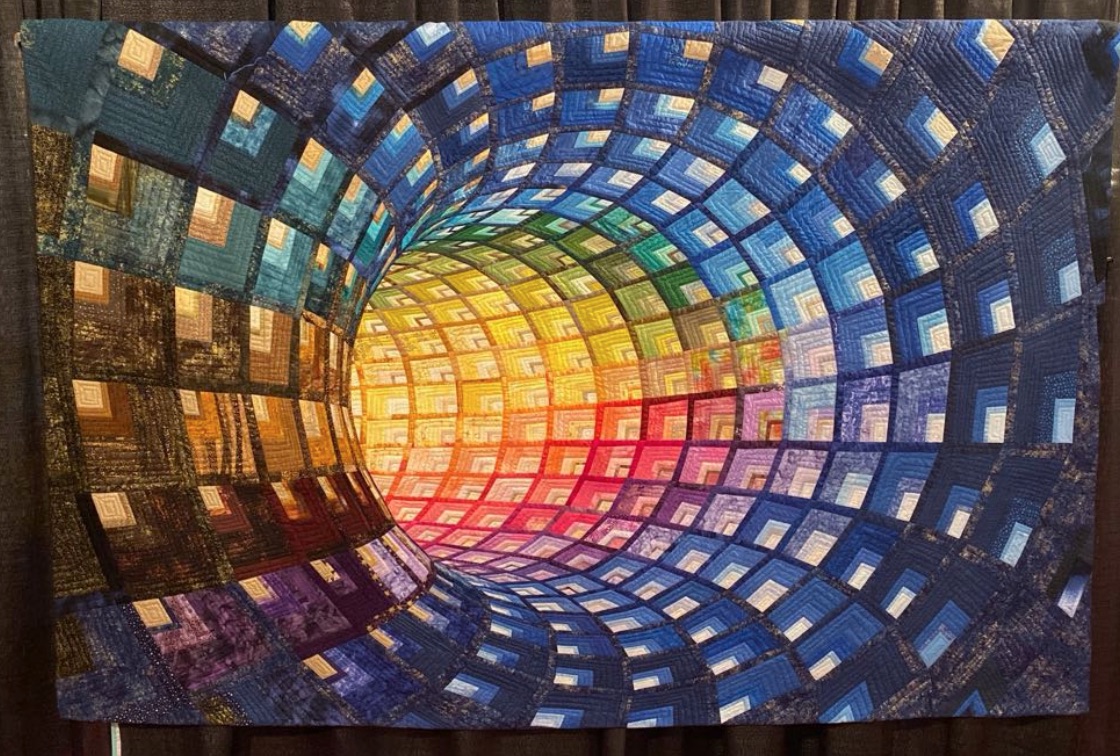
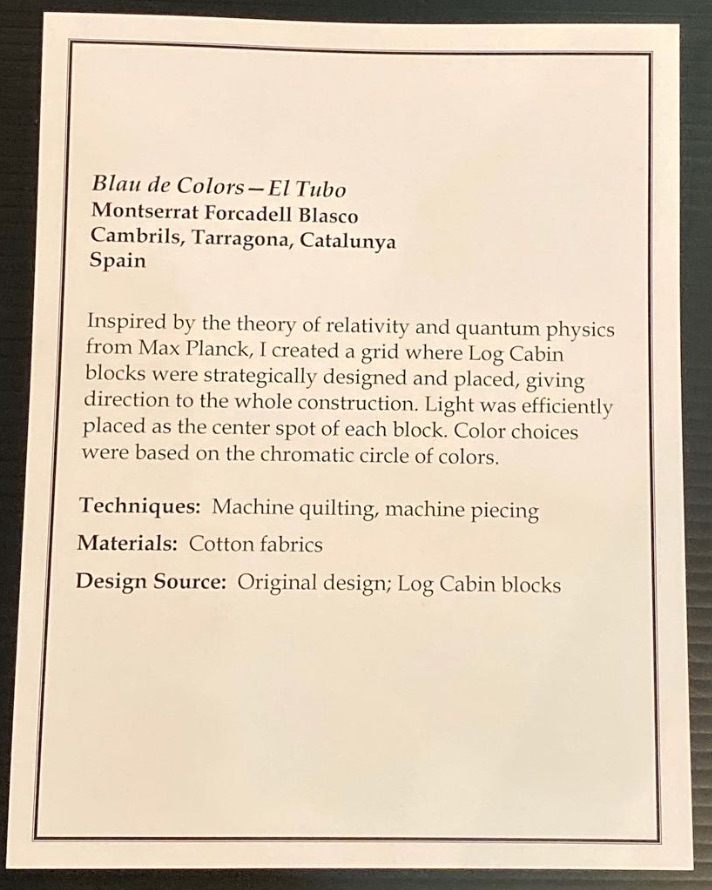
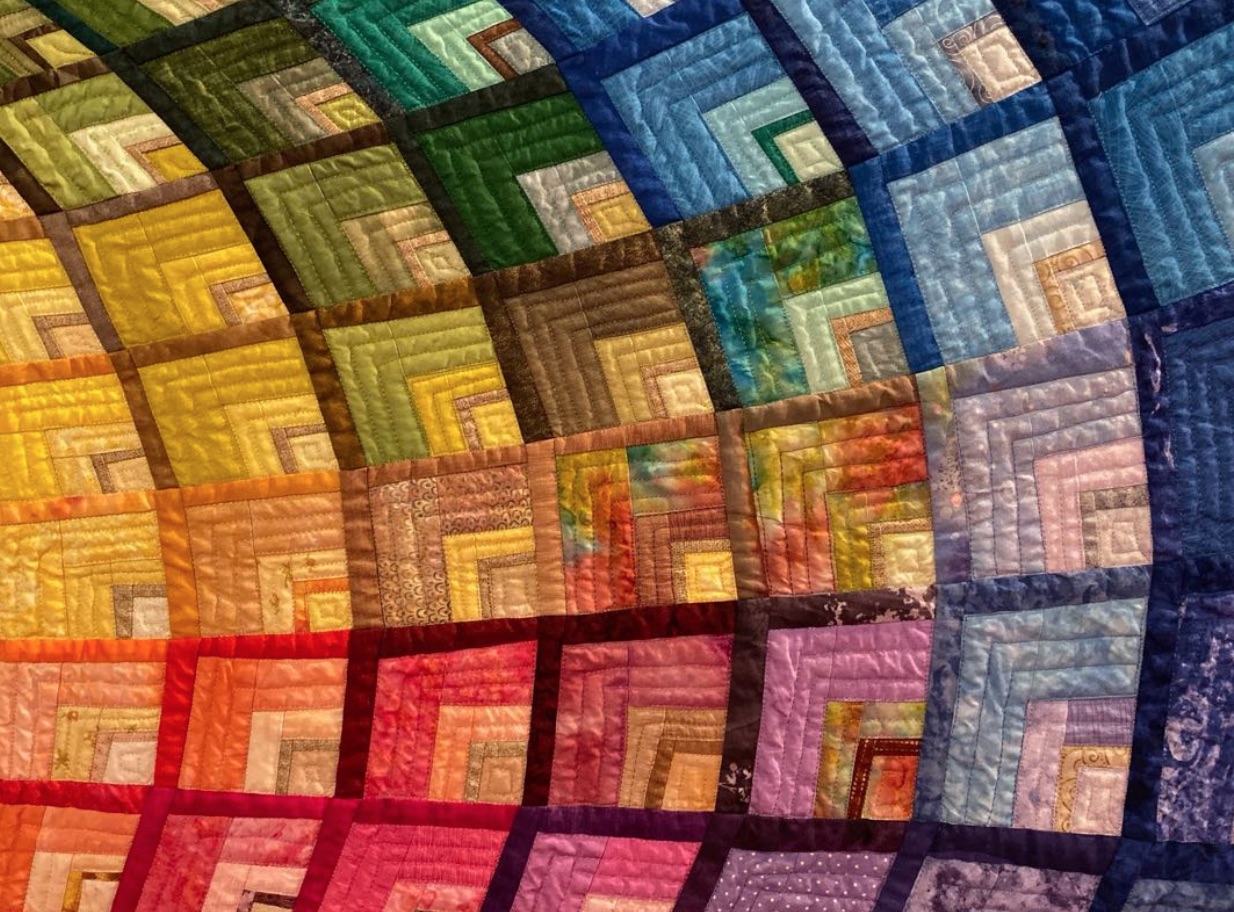
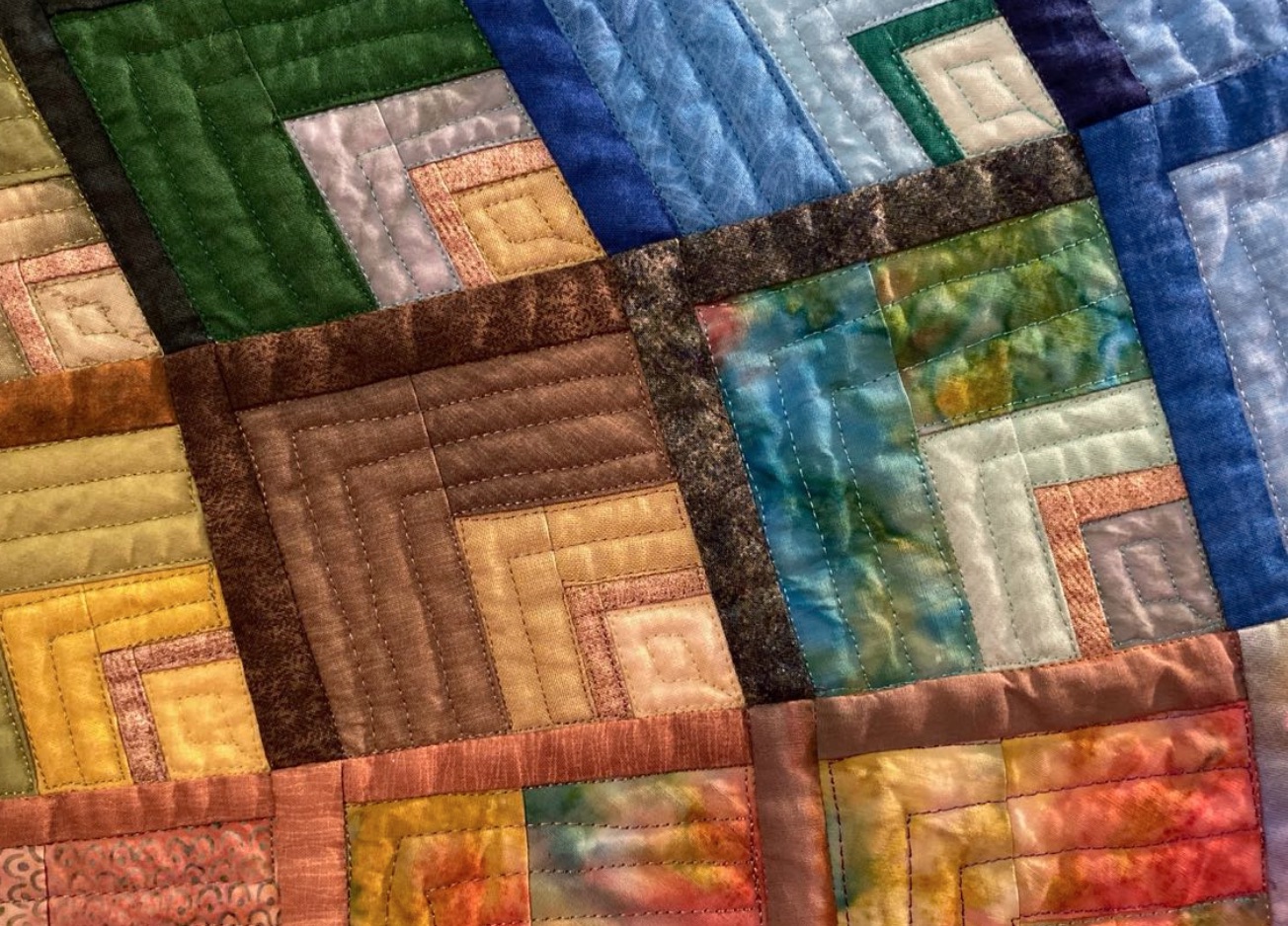
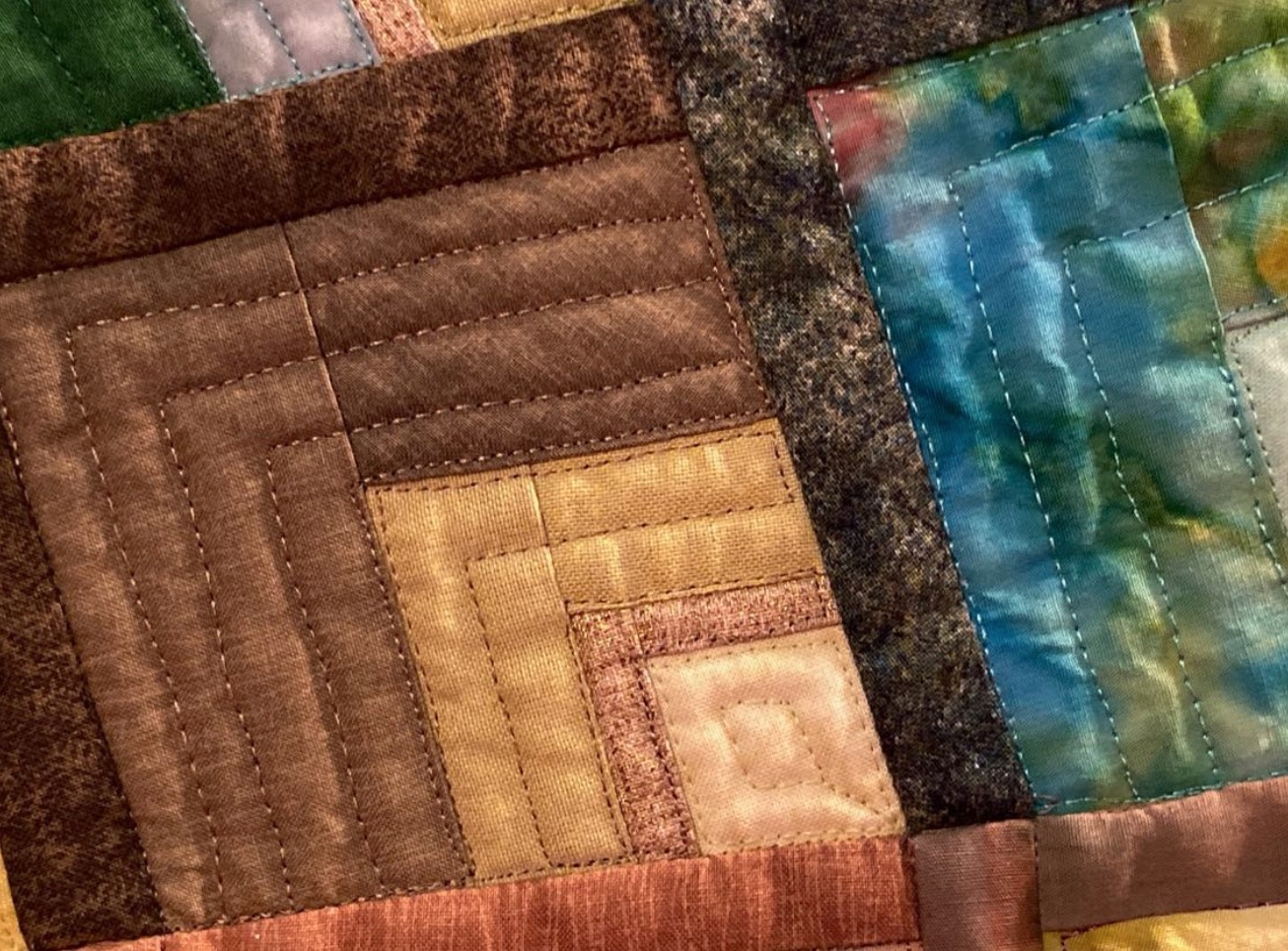

 Get a piece of quilting history with your 1-Year Membership. This mint condition 4 block of stamps is ready to be framed and hung in your workroom.
Get a piece of quilting history with your 1-Year Membership. This mint condition 4 block of stamps is ready to be framed and hung in your workroom.















.jpg)


